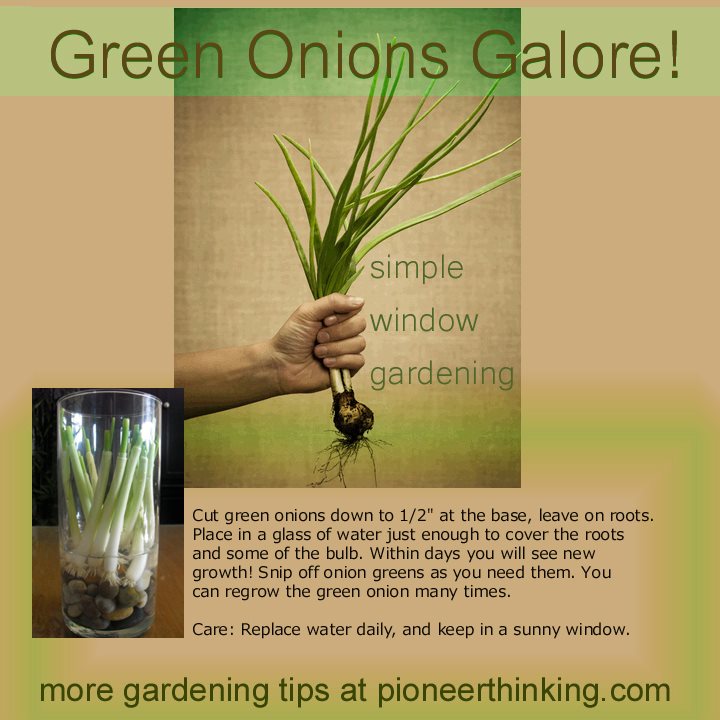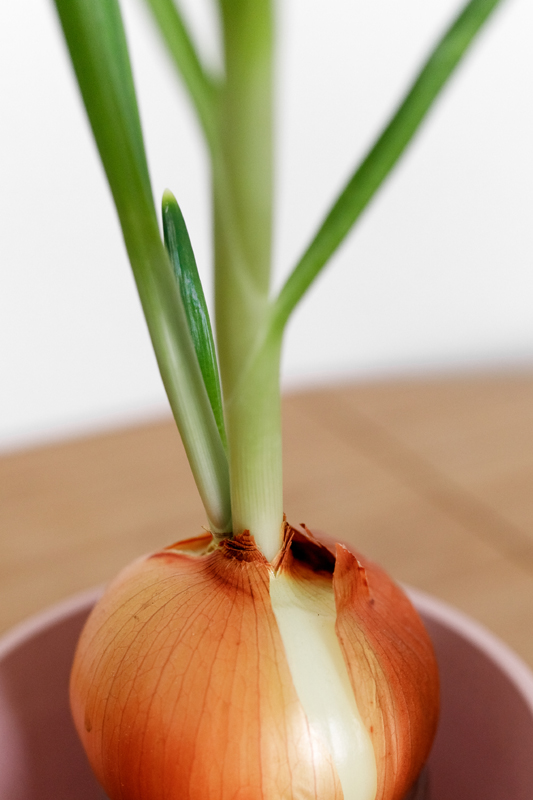One of the oldest know vegetables is the onion. It is commonly used in a variety of recipes in the kitchens around the world and can be purchased in many different way, from fresh, canned, chopped, dehydrated, frozen and even pickled.
Growing onions can be done from seed, transplants or sets. When choosing seed to start your onions, you will have a larger choice of what you can plant, but can take five months for the seedlings to mature enough to be transplanted and they are more susceptible to disease.
Transplants are onion plants that were started from seed that same season. They can be purchased at some local garden centers, depending on where you live and can be purchased from on line sources. They are usually sold in bunches. They have a shorter growing season than seeds do but can have the same problems like disease.
Sets are the most common way that onions are planted in the home garden and are sold at most local garden centers. They are no more than an immature bulb. These sets are started from seed by sowing the seeds tightly together to create a very thick, tight growing crop of seedlings. This results in a stunted plant growth that will produce a small bulb. These small bulbs is what is sold as sets to be planted the next growing season. When purchasing your sets, keep in mind that they should be about 1/2 inch in diameter and solid, soft small bulbs will not produce a good mature onion, even over size sets that are bigger than 1/2 inch usually wont do good.
When choosing the variety of onion you want to grow, there is one thing that needs to be considered. Onions have what is called day length requirements. Some need 13 to 16 hours of daylight and others only need 12 hours. Choose a variety that is best suitable for your area.
Onions will grow best in a raised garden bed with a good healthy soil structure and plenty of compost or composted manure mixed in and drains well. The soil should have a fairly neutral ph level of between 6 and7.When planting seeds the soil needs to be fluffy or very loose.
Sow seeds directly into the garden bed thickly and cover with a 1/2 inch of fine soil. If you mix radish seeds in the same area they will serve two purposes, deter root maggots and help mark the area where the onion seeds were planted. Once the seedlings start to grow you can start to thin them to about 1 inch apart and then in about a month thin them to 6 inches apart. When you thin them this second time you will want to pull back some of the soil around the bulb to expose the top and sides, this is a great way to induce the development of the bulb.
When planting transplants you want to space then 4 to 6 inches apart and about 2 inches deep.If you are planning on harvesting the onions young then you will want to use the closer 4 inch spacing.
Sets are the third method of planting onions. When purchasing sets you can figure that one pound is enough to plant a fifty foot row. Trench your rows out about 2 inches deep and place the sets with the stem end up. This is the one thing that you will need to watch for when planting. Once you have the sets in place cover with a good garden soil and maintain then with the same methods as transplants.
Time to get ready to harvest your onions is when you see the tops start to turn yellow. At this time you want to bend the greens over horizontally, this will stop the sap from flowing through the stem and put all the plants energy into the maturing bulb. A couple days after you do this you will see the tips starting to turn brown, it is time to pull the onion bulbs from the ground. Do this on a sunny day and lay the bulbs on the ground to dry. When laying the out cover the bulbs by laying the bulbs in a row and covering the next row with the greens . This will help to prevent sun scalding.

The Author:
John Yazo is a gardening enthusiast and enjoys organic gardening with heirloom plants. Organic gardens, flowers, herbs and vegetables, grown with organic methods is a healthy and environment friendly way of gardening.
